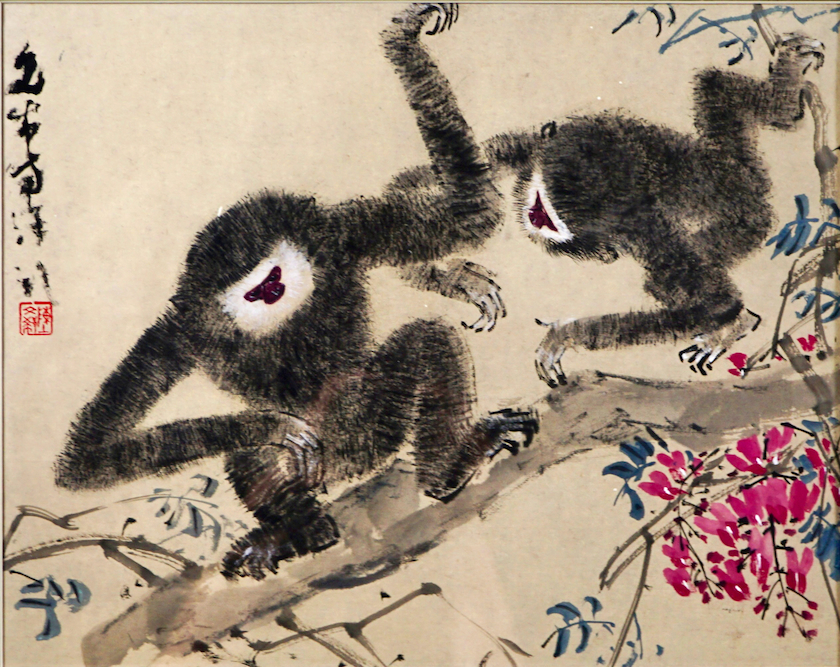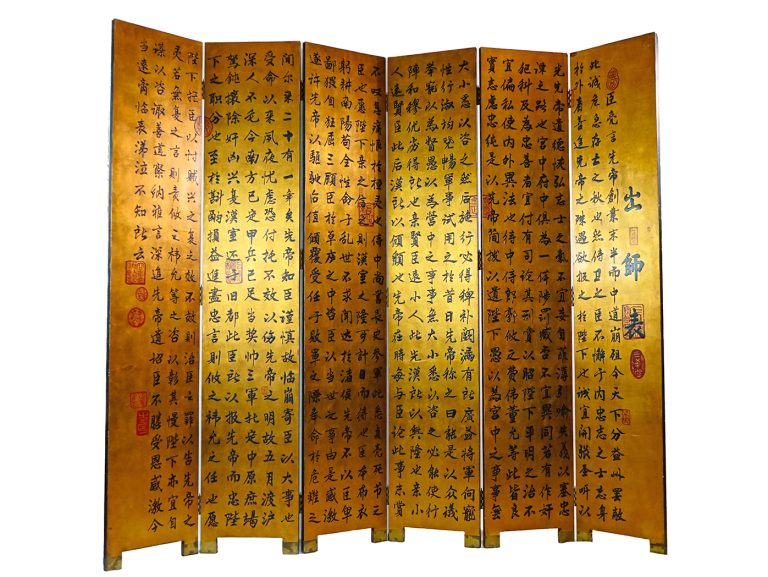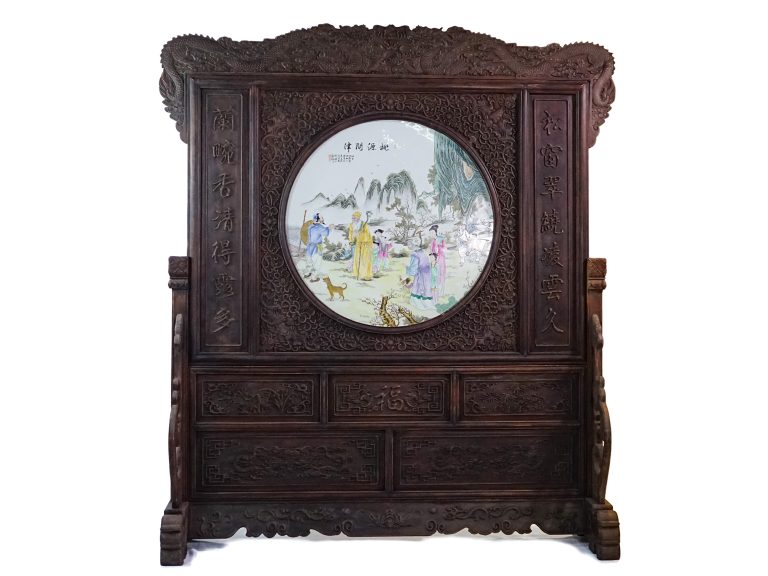

Chen Wenxi, born in Guangdong in 1906, studied at Shanghai Fine Arts and Xinhua Art College in 1906. He also studied Chinese and Western painting at the same time and was also taught by famous teachers such as Pan Tianshou. Four years later, Chen Wenxi returned to his hometown to teach art in Shantou, Jieyang, and other regions, and also organized Chunyang Painting Club. In 1948, Chen Wenxi went to Nanyang and settled in the local area. He usually taught in Overseas Chinese Middle School and Nanyang Academy of Fine Arts. He traveled to Southeast Asia to collect painting materials in his spare time. Chen Wenxi’s spent his childhood in the countryside, which allowed him to develop his interest in observing various animals around him, and also gave birth to the enthusiasm of exploring and pursuing beautiful things, which was immersed in the painting world. Many creatures in Chen Wenxi’s works such as fish, birds, apes, and herons are all masterpieces he painted through the day and night. Such a lifelike and Chinese -Western style of painting steadily establishes Chen Wenxi’s position in the international painting world.
Chen Wenxi’s paintings have both deep traditional skills and the characteristics of innovation. They are popular with collectors. They all have many collection supporters in Singapore, Hong Kong, Taiwan, Malaysia, Indonesia, and other places. He has held more than thirty exhibitions in China, Hong Kong, Taiwan, New Zealand, Malaysia, Japan, Australia, and other places. During his participation in China’s second National American Exhibition in Nanjing, Xu Beihong, one of the “Three Jords of Jinling”, Highly appreciation and praise. In addition, Chen Wenxi was also selected as one of the top ten contemporary Chinese painters by the British magazine “Studios”, and tied with Xu Beihong and Qi Baishi, which made the painting world a sensation. During Chen Wenxi’s settlement of Nanyang, he made significant contributions to the development of Singapore art. The University of Singapore deliberately issued a “honorary doctorate” degree for this to commend. His work “Two Apes and Deats” was printed on the back of Singaporean’s 50 yuan banknotes to commemorate his important artistic achievements in his life.

 Enquire
Enquire



